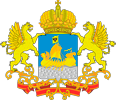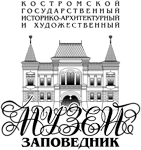Regional Town of Galich (1900s – 1930s) in Photographs by Mikhail Smodor

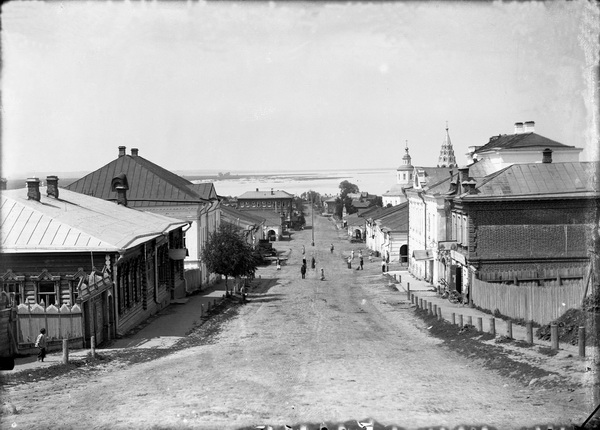
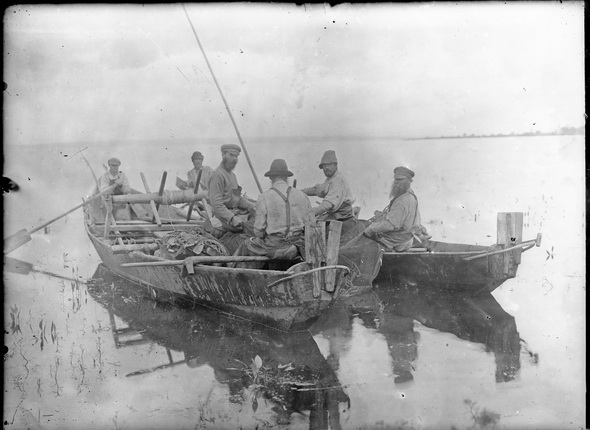
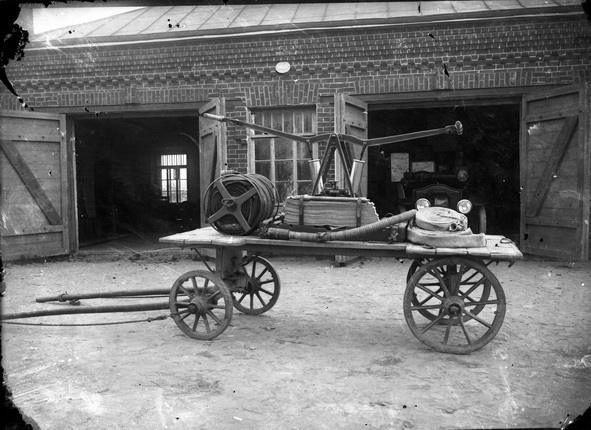
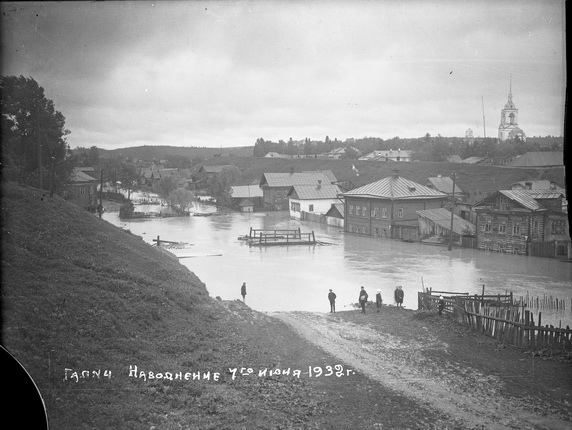
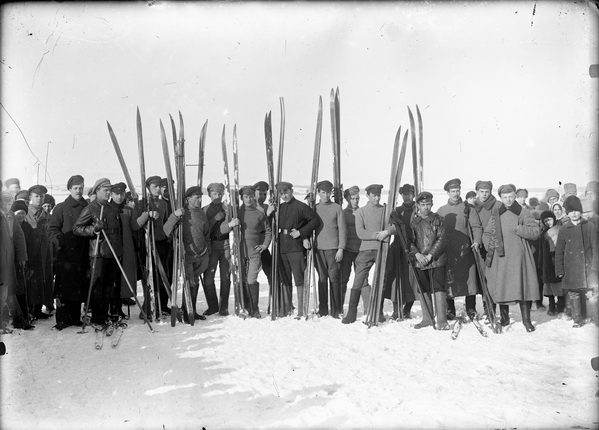

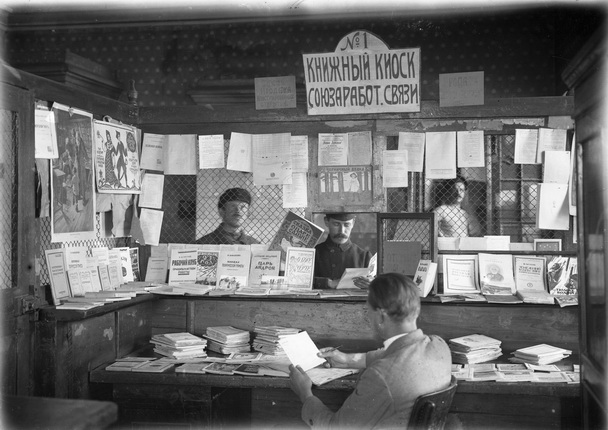
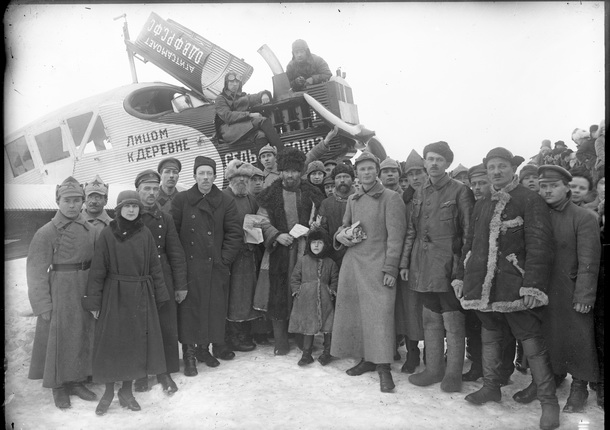
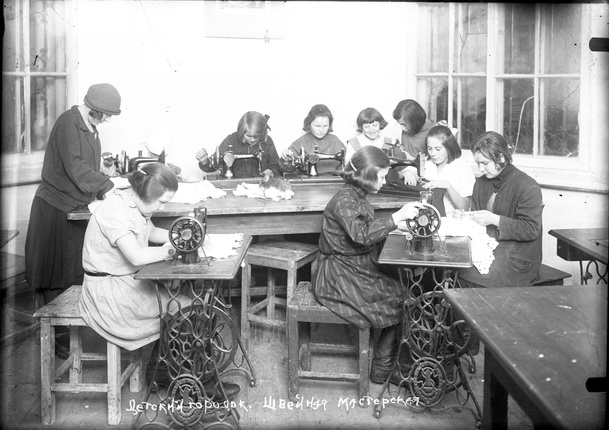
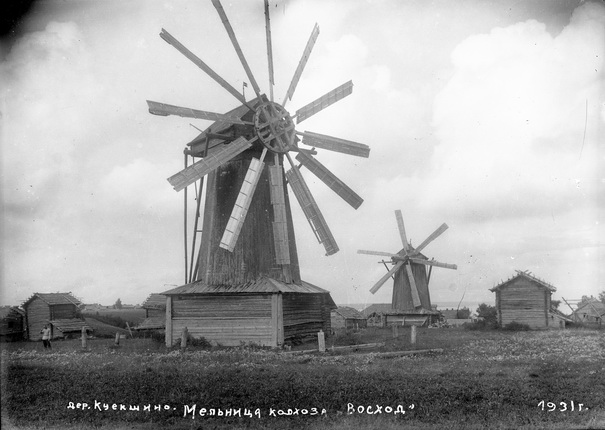
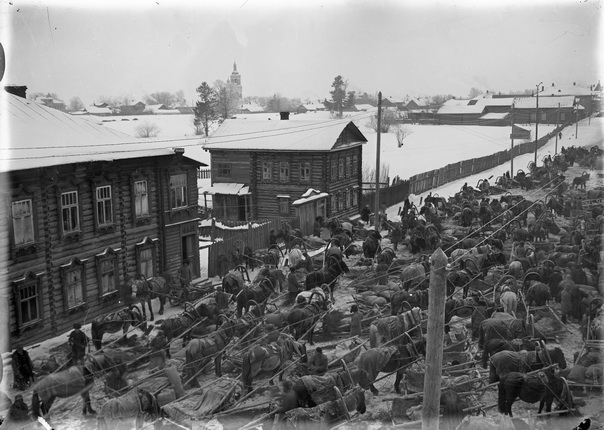
Mikhail Smodor. Staged scene. 1932. On loan from the Kostroma Oblast Public Regional Organisation ‘Kostromskaya Starina’
Mikhail Smodor. Centre of Galich. 1914. On loan from the Kostroma Oblast Public Regional Organisation ‘Kostromskaya Starina’
Mikhail Smodor. Fishermen from the Fishing Settlement. 1913. On loan from the Kostroma Oblast Public Regional Organisation ‘Kostromskaya Starina’
Mikhail Smodor. Manual fire pump at the Galich Civilian Firemen's Society. 1926. On loan from the Kostroma Oblast Public Regional Organisation ‘Kostromskaya Starina’
Mikhail Smodor. Flooding from the River Keshma. 1932. On loan from the Kostroma Oblast Public Regional Organisation ‘Kostromskaya Starina’
Mikhail Smodor. Races on Galich Lake. 1930s. On loan from the Kostroma Oblast Public Regional Organisation ‘Kostromskaya Starina’
Mikhail Smodor. Ice yacht on the lake. 1930s. On loan from the Kostroma Oblast Public Regional Organisation ‘Kostromskaya Starina’
Mikhail Smodor. Book kiosk. 1923. On loan from the Kostroma Oblast Public Regional Organisation ‘Kostromskaya Starina’
Mikhail Smodor. Propaganda aircraft. 1931. On loan from the Kostroma Oblast Public Regional Organisation ‘Kostromskaya Starina’
Mikhail Smodor. 'Children's Town'. Sewing workshop. 1932. On loan from the Kostroma Oblast Public Regional Organisation ‘Kostromskaya Starina’
Mikhail Smodor. Windmill at the Voskhod collective farm. 1931. On loan from the Kostroma Oblast Public Regional Organisation ‘Kostromskaya Starina’
Mikhail Smodor. String of sledges. 1928. On loan from the Kostroma Oblast Public Regional Organisation ‘Kostromskaya Starina’
Moscow, 10.02.2016—10.04.2016
exhibition is over
Share with friends
Curator: Mikhail Voroshnin
For the press
As part of the 11th International Month of Photography in Moscow ‘Photobiennale 2016’ the Multimedia Art Museum, Moscow presents the exhibition ‘Regional Town of Galich (1900s — 1930s) in Photographs by Mikhail Smodor’. His work allows us to take a trip back in time and see how Galich and its inhabitants looked in the early 20th century.
For 30 years Mikhail Smodor carefully and meticulously created a photo chronicle of the town and its surroundings. His images include architecture, landscapes, genre scenes and the everyday life of Galich townspeople, the faces of ordinary fishermen and esteemed citizens of the town, as well as self-portraits of the photographer.
Mikhail Markovich Smodor (1882-1942) was born in the shtetl Lyubavichi in Orshansky Uyezd, Mogilyov Governorate. For seven years he studied with the famous Warsaw photographer Jakow Tiraspolski. His course of instruction included visits to museums and picture galleries, and reading books on art. The master photographer’s pupil had to acquire a good knowledge of Polish and be able to speak fluently in French and German. Smodor could only lay hands on a camera in the fourth year of apprenticeship, when he began lessons on the art of retouching — he took several self-portraits and corrected any defects with his own hand, striving to make each image irreproachable.
In addition Tiraspolski’s pupils followed a course in the ethics of the studio pavilion. The master-examiner would act the part of a visiting customer and they had to greet him in the proper manner, receive him, listen to his requests and implement them, guiding him through the procedure. As the customer took his leave the apprentice had to express sincere gratitude for the visit and politely enquire where the items on order should be delivered, and at what hour. The student could only expect good recommendations after successfully passing these examinations. Mikhail felt deep respect and gratitude towards his teacher for the rest of his life.
After finishing his studies Smodor briefly worked in a studio in Moscow, to gain experience and earn enough money to purchase the latest photographic equipment. In 1906 he visited Galich for the first time. He probably made the trip for ‘reconnaissance’, since he looked around, visited the photo studios of potential rivals, convinced himself of their inadequacies and fell in love with the town and its inhabitants before leaving. A year later he returned to Galich, this time for good.
After receiving permission from the governor, he opened his own pavilion studio entitled ‘М. Smodor’s Universal Photography’ and began receiving the first clients, who very quickly appreciated the quality of his photography and the high standard of service. Smodor worked alone and refrained from employing assistants, often spending 20 hours a day in his photo workshop. He spent his earnings on supporting his family, on books, art albums and subscriptions to photography magazines, etc. His love of books led him to make friends with K. V. Palilov, a respected Galich bookseller and local historian. At Palilov’s request Smodor photographed views of Galich and its architectural monuments, landscapes of the lakeside area and everyday life of Galich inhabitants, leaving descendants with priceless documentary records of bygone days.
In 1913 there was a royal visit to Kostroma by the Tsar’s family. An exhibition of local handicrafts was organised for the occasion, featuring more than 1000 photographs. Several dozen of these were taken by Smodor
Photographic views of Galich by Smodor were well known in Russia. They were printed in the form of postcards, with editions running to many thousands. Unfortunately they never bore the name of the photographer.
During the First World War Mikhail Smodor was relieved of military service after diagnosis with a heart complaint. Ambulance trains often came to Galich from active units. One day a nursing sister from one such convoy visited his studio. Smodor took several pictures for her. He gave her the photographs that same evening but kept one image for himself. The face of this young woman with an imprint of perpetual fatigue from the calamity and horror that war had brought to Russia made a deep impression on the photographer. When working on this image Smodor removed all extraneous detail and concentrated our attention on the girl’s eyes, resulting in one of his most powerful photographs, entitled ‘War’ by the author himself.
These were disturbing and troubled times for the country. Initially Smodor was an enthusiastic supporter of the 1917 Revolution but later, like many others, he became disillusioned and completely disagreed with the new social structure; he was bitterly opposed to collectivisation and the exorbitant taxes. Smodor’s studio emptied as time passed and commissions were few and far between. Customers only began returning to the studio after the Civil War, but the reason was lamentable — on the whole these were relatives of those who had perished, requesting images from past years since the photographer always preserved the negatives. For these repeat portraits in memoriam he only asked a symbolic fee, and frequently gave the photographs away without charge.
With the onset of the New Economic Policy the life of Mikhail Smodor and his family improved and commissions reappeared. At the same time the type of image he most disliked grew in popularity: ‘group shots’. A stream of Soviet officials who preferred to stand shoulder-to-shoulder for group portraits flocked to the photographer’s studio. Mikhail Smodor’s close friend, the artist Ivan Kalikin, who in the 1920s and 1930s drew caricatures for the best satirical magazines in the country, heard stories about groups of important officials on visits to the Smodors and drew a cartoon on this theme for the ‘Province’ series that was awarded first prize by ‘Crocodile’ magazine.
In 1921 a branch of the Kostroma Scientific Society devoted to regional studies opened in Galich and established a museum, for which Mikhail Markovich took many photographs recording life in Galich and particularly in the Fishing Settlement. Smodor was on friendly terms with many of the fishermen and accompanied them on fishing trips, photographing the fishermen’s families and work collectives, and familiar with every detail of their everyday life. It was the inhabitants of the Fishing Settlement that supported Mikhail Smodor and his family in his hour of need — in 1935 he was falsely denunciated, arrested and dispatched to the GULAG to work on construction of the Moscow-Volga Canal.
In 1936 a photo service was organised as part of the Canal building effort. It was set up to record the feats of labour. Photographs were printed in various illustrated publications that showed the ‘dynamics of our construction’ from the required perspective. This photo service had posts and departments along the entire route of the Canal. With the help of a GULAG doctor, an ailing Mikhail Smodor was dispatched to one of these posts, by now at the end of his strength. He was assigned to laboratory work and the design of posters, slogans and schedules for competitions between work brigades exhausted by their labour. The painting lessons given by his friend the artist now came to good use.
In 1937 Smodor was released ‘for shock work’. The townspeople were not all welcoming, his health was failing, the photo studio no longer belonged to him and photography had lost its pleasure. After bidding farewell as his eldest son left for the front in 1941, Mikhail Smodor was too weak to recover from the suffering and illness he had endured. The photographer died in Galich, in 1942.
Corporate trustee
General information partner |

